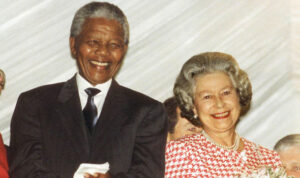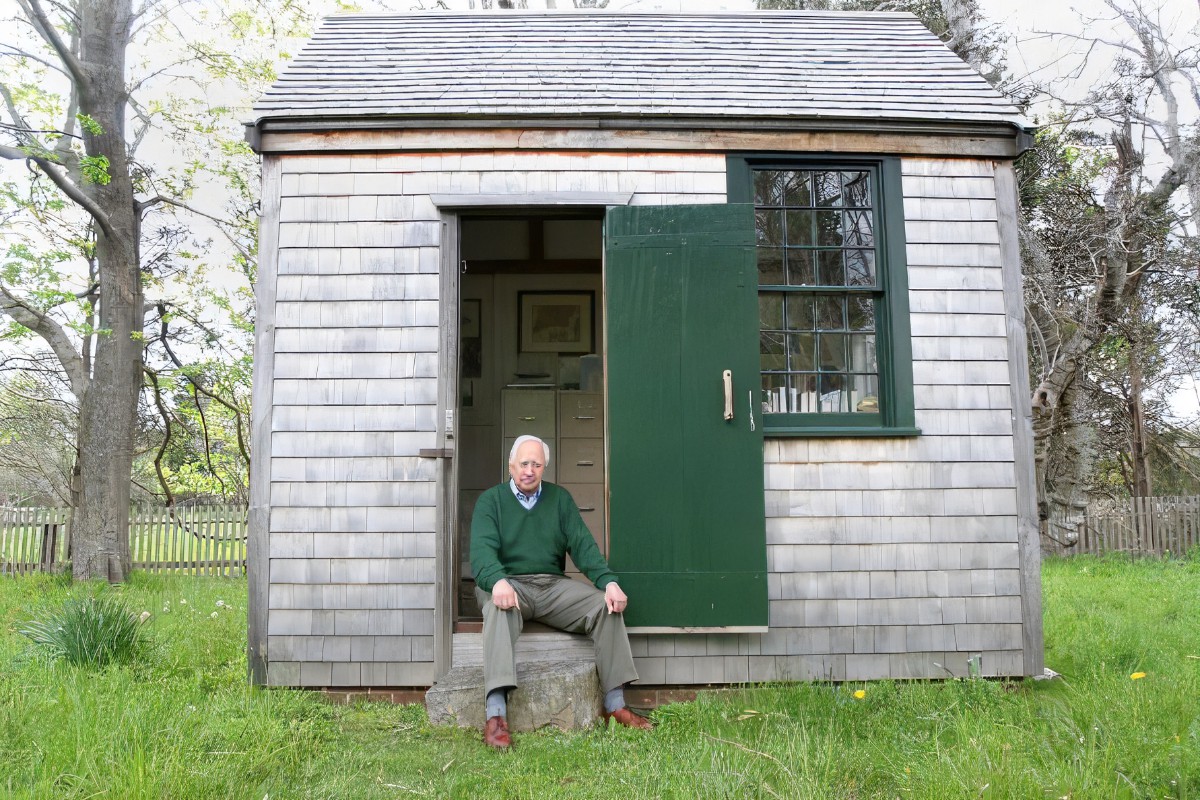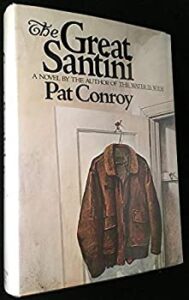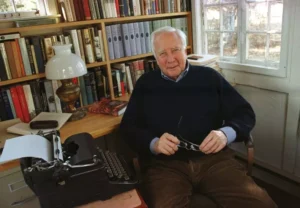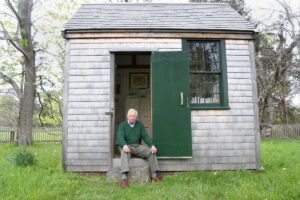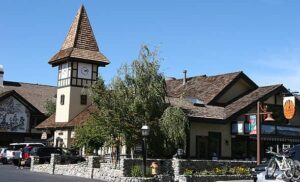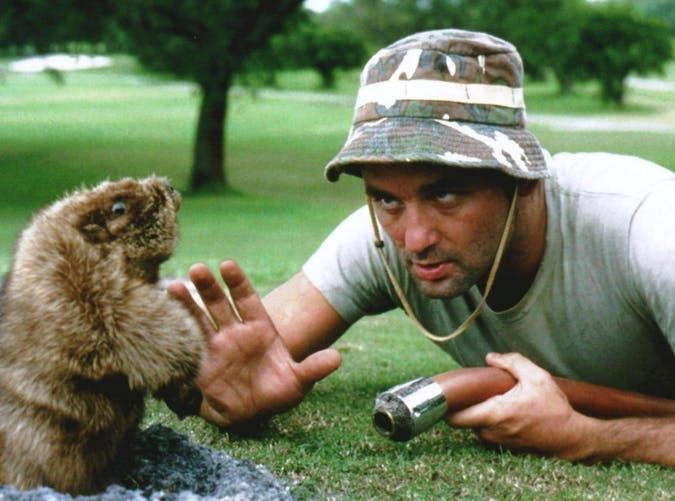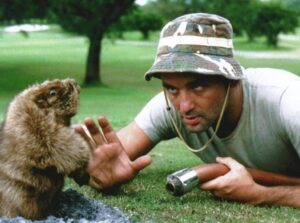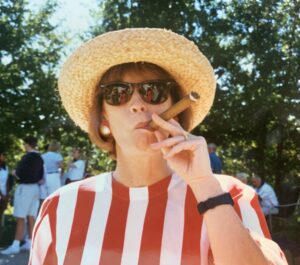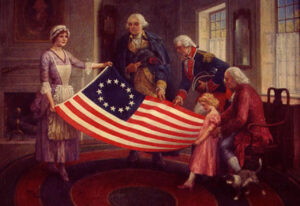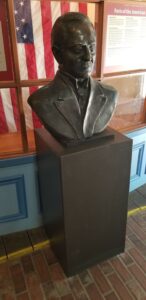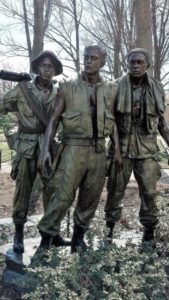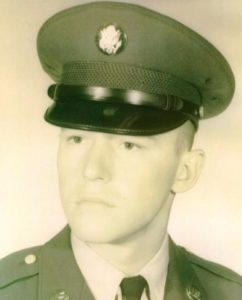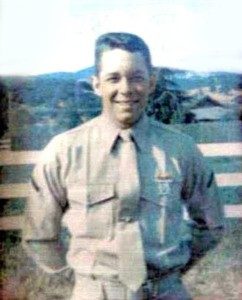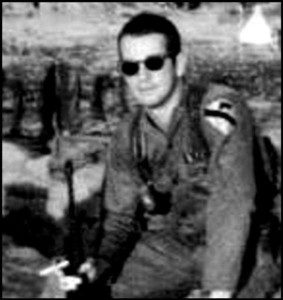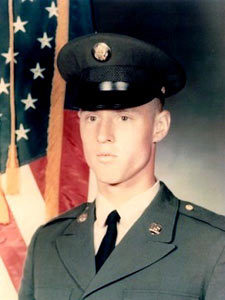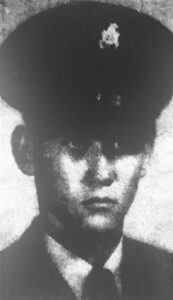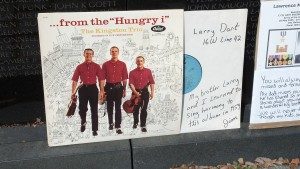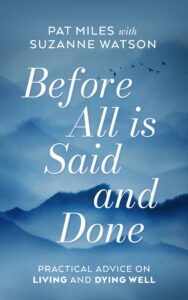 In October 2020, my friend and neighbor, Pat Miles Zimmerman, returned to Arizona from her summer home in Minneapolis with an idea for a book. Pat’s husband, Bucky, had died of pancreatic cancer in February 2019, just three months after receiving his diagnosis. When Bucky’s doctor advised Pat and Bucky to get their affairs in order, they thought their affairs were in order. But as it turned out, they had been set for life, but not for death. After Bucky died, Pat experienced a plethora of problems, many of which she had not anticipated. As Pat spoke with friends about her experience, she learned that she was not alone: very few people prepare to leave this world. And yet…we’re all going to. As Pat observed, we prepare for a baby, to go away to college, to marry – really for all of life’s milestones – but we don’t plan for death. She was determined to address the issue head-on. So, on that October day in 2020, she called me and said, “I have an idea for a book, and I want you to help me write it.”
In October 2020, my friend and neighbor, Pat Miles Zimmerman, returned to Arizona from her summer home in Minneapolis with an idea for a book. Pat’s husband, Bucky, had died of pancreatic cancer in February 2019, just three months after receiving his diagnosis. When Bucky’s doctor advised Pat and Bucky to get their affairs in order, they thought their affairs were in order. But as it turned out, they had been set for life, but not for death. After Bucky died, Pat experienced a plethora of problems, many of which she had not anticipated. As Pat spoke with friends about her experience, she learned that she was not alone: very few people prepare to leave this world. And yet…we’re all going to. As Pat observed, we prepare for a baby, to go away to college, to marry – really for all of life’s milestones – but we don’t plan for death. She was determined to address the issue head-on. So, on that October day in 2020, she called me and said, “I have an idea for a book, and I want you to help me write it.”
 Many people express a desire to write a book, but Pat’s background and experience brought credibility to the idea. Pat was a revered part of the Twin Cities media landscape for more than a quarter of a century. She was a TV news anchor for WCCO-TV and KARE 11, she was also the creator and host of A Pat Miles Special for KARE and rounded out her career as host of The Pat Miles Show on WCCO Radio. Pat has won numerous accolades, including the National Television Academy’s Silver Circle Award and induction into the Minnesota Broadcast Hall of Fame. Needless to say, she is an expert at interviewing people and telling their stories.
Many people express a desire to write a book, but Pat’s background and experience brought credibility to the idea. Pat was a revered part of the Twin Cities media landscape for more than a quarter of a century. She was a TV news anchor for WCCO-TV and KARE 11, she was also the creator and host of A Pat Miles Special for KARE and rounded out her career as host of The Pat Miles Show on WCCO Radio. Pat has won numerous accolades, including the National Television Academy’s Silver Circle Award and induction into the Minnesota Broadcast Hall of Fame. Needless to say, she is an expert at interviewing people and telling their stories.
We started by doing some competitive research and discovered that most books written for widowed people are either written solely about grief or recount a singular experience with the death of a spouse. Our idea was to provide a broad array of perspectives, from many people and on a variety of subjects. As we delved more into our research and conversations, we realized that many of the problems widowed people encounter could have been prevented with some pre-planning. It became apparent that this lack of preparation added unnecessary stress to an already stressful time. As Pat learned firsthand, by the time someone receives a terminal diagnosis, it’s often too late to start planning. We decided that our book would not only address issues that occur after a death, but what actions need to be taken beforehand. Thus, the title of the book is Before All is Said and Done.
After our research concluded, Pat spent the next 18 months interviewing dozens of widowed people to learn about their experiences. The problems were varied – financial, legal, family dynamics, alcoholism, dementia, sudden death and of course, grief – just to name a few. She then sought advice from experts on how to avoid the problems or how to better cope with a situation. We learned some new concepts: end-of-life doulas who can guide a family through a terminal illness and “intention letters”, that convey the thought process behind unequal inheritances, how family assets or belongings should be distributed, or to pass on family values and history. Through her contacts Pat was able to interview such notables as Dr. Ronald Petersen, director of the Mayo Clinic Alzheimer’s Disease Research Center, Bonnie Carroll, a recipient of the Presidential Medal of Freedom for her work with military widows, and Melanie Bloom, the widow of NBC News correspondent David Bloom, who took her husband’s very public death and turned it into a public service. Pat found doctors, lawyers, accountants, psychologists, and counselors who were all intrigued by the idea behind the book and wanted to participate.
We quickly got into a rhythm for putting the book together; Pat would send me her thoughts or personal experience on a topic for the introduction, along with the transcripts of her interviews that pertained to that subject. I then turned the interview questions and answers into a narrative that combined the widows’ stories with advice and counsel from the experts. We edited the subjects down to twelve chapters that deal with grief, estate planning, financial planning, blended family dynamics, dementia, sudden death (including suicide), COVID-19 deaths, military deaths (and why they are different), alcoholism, end-of-life doulas, self-care, and finally, examples of people who have come out the other side of grief to make new lives for themselves.
 It has been a long two years, filled with writing and rewriting, but finally, our book will be released tomorrow! We are excited to share our work. This is not just a book for those of us on Social Security. In fact, the book includes several stories of women in their 30’s whose husbands died unexpectedly and left them with complex problems to solve. The book is really for anyone who has a spouse, partner, children, or any loved one they will leave behind.
It has been a long two years, filled with writing and rewriting, but finally, our book will be released tomorrow! We are excited to share our work. This is not just a book for those of us on Social Security. In fact, the book includes several stories of women in their 30’s whose husbands died unexpectedly and left them with complex problems to solve. The book is really for anyone who has a spouse, partner, children, or any loved one they will leave behind.
If you would like more information here is a link to the Amazon page, where you can read about it and, we hope, purchase it: https://amzn.to/3BZBiJp
I have learned a lot about the book business in the past year. One thing I learned is that if a book gets more than 50 reviews on Amazon it gets the attention of Goodreads, BookBub, and other book selling sites. So, if you buy the book and have an account with Amazon, we would appreciate it if you could take a moment to write a review. I also learned that there’s no faking it – Amazon tracks if you really bought the book. If you choose to buy the Kindle version, you must have read at least 30% of the book for your review to count. They track that too. I think my next book is going to be about how Amazon works.
The past two years have both gratifying and educational. Given that I spent my career in the financial services industry I believed I had all of my documents in order. I didn’t. I learned, and am still learning, how to be a better writer. But mostly I learned that you could embark on a long, sometimes difficult project with a friend and not only end up still friends, but better friends. All in all, it’s been a great journey.


